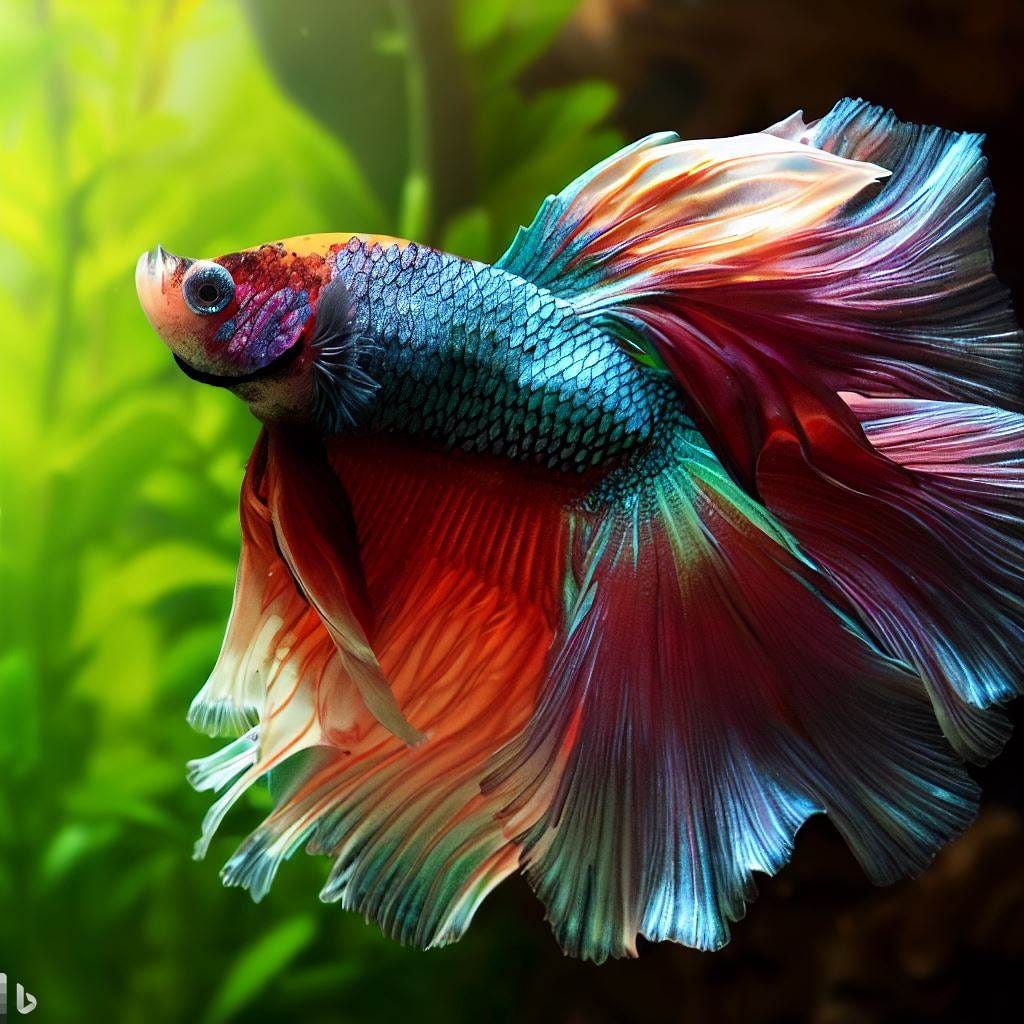How to Introduce Betta Fish to a Community Container Securely
How to Breed Betta Fish Effectively: Specialist Techniques and Insights for Hobbyists Wanting To Increase Their Betta Collection
Breeding Betta fish requires a nuanced understanding of genetics and ecological problems, making it necessary for enthusiasts to come close to the process with both diligence and care. Producing an optimal breeding atmosphere, choosing the appropriate sets, and observing the complexities of their courtship habits are fundamental actions that can significantly impact the end result.
Comprehending Betta Fish Genetics
Understanding the genetics of Betta fish is vital for effective breeding, as it influences traits such as shade, fin form, and actions. Betta fish show a diverse array of shades and patterns, mainly established by their genetic makeup.
In enhancement to coloration, fin morphology is one more substantial aspect of Betta genetics (betta fish). The form and size of fins are influenced by various genes, including those that establish whether the fins are short, long, or veil-shaped. Comprehending these genetic variants helps breeders anticipate the phenotypic outcomes of their offspring
Furthermore, behavior traits such as aggressiveness and territoriality can additionally be influenced by genes. These actions play an important duty in the reproducing procedure, as they can affect spawning success and the total character of the resulting fry. By adequately comprehending these genetic concepts, dog breeders can make enlightened choices, eventually enhancing their reproduction programs and achieving preferable results.
Preparing the Reproduction Environment
Developing an ideal breeding atmosphere is crucial for the effective recreation of Betta fish. The initial action in preparing this setting is to choose an appropriate reproduction storage tank, preferably varying from 5 to 10 gallons.
Following, take into consideration the use of a sponge filter or an air rock to supply mild water circulation without producing solid currents that can worry the fish. It is vital to mount plants or breeding cones to supply hiding areas and advertise convenience for the lady during the spawning procedure. Floating plants, such as Java moss or water sprite, can likewise produce a more natural surroundings while promoting bubble nest building by the male.
Prior to introducing the reproducing pairs, make sure the water is conditioned and totally free from unsafe chemicals, such as chlorine or heavy metals. betta fish. Routine water modifications should be carried out to keep optimal water quality, enhancing the possibilities of successful reproduction. With these prep work in position, the breeding environment will certainly sustain the health and wellness and wellness of both Betta fish
Selecting Breeding Pairs
Choosing the appropriate reproduction sets try this site is vital for accomplishing effective Betta fish reproduction. Healthy and balanced Betta fish show lively shades, clear eyes, and active habits.
Character is one more vital consideration, as Betta fish are understood for their hostile nature. It is suggested to choose a male and female that display compatible characters to lessen stress and anxiety throughout the breeding process. A calm man can urge a smoother courtship, while a woman that is as well aggressive might interrupt the process.
Hereditary history additionally plays a considerable duty in the top quality of the children. Reproducing fish that are genetically diverse can reduce the danger of hereditary health and wellness issues and improve the overall vitality of the fry. It is valuable to investigate the lineage of both the male and woman, concentrating on preferable qualities such as fin type, color patterns, and size.
The Reproduction Process
The reproduction procedure of Betta fish calls for cautious preparation and interest to detail to guarantee an effective result. Initially, it is essential to prepare an ideal reproduction tank, preferably a 5-10 gallon fish tank with a temperature level preserved at 78-80 ° F. The container ought to be outfitted with a heating system, filter (preferably sponge type to prevent solid currents), and a lot of aquatic plants for the female to conceal.
When the environment is established, introduce the picked breeding pair to the storage tank, allowing them to adapt. Observe their actions; the man will display elaborate courtship routines, including flaring his fins and building a bubble nest. If the woman shows interest, she will display upright stripes showing readiness for spawning.
When the lady is responsive, the pair will certainly participate in a breeding embrace, during which the male fertilizes the eggs. It is important to monitor their communications very closely, as the man might end up being aggressive. After spawning, remove the female to stop potential injury. The man will certainly tend to the eggs, which usually hatch within 24-36 hours. Keeping optimum water problems during this duration is crucial for the advancement of healthy Betta fry.
Caring for Betta Fry

Feeding Betta fry is essential, as they need visit homepage a diet regimen go to the website high in healthy protein. They can be fed infusoria or fluid fry food, transitioning to carefully smashed top quality pellets as they grow. Feed little sections numerous times a day to urge healthy growth without overloading the tank with uneaten food.

As they mature, check their growth very closely and separate any kind of aggressive people to avoid harm. By supplying a nurturing atmosphere and proper nourishment, hobbyists can effectively elevate Betta fry into vivid, healthy fish, inevitably enhancing their reproduction endeavors.
Verdict
Effective Betta fish breeding requires precise interest to genetic choice, ecological conditions, and treatment for the fry. By understanding the genetics of Betta fish and preparing a proper reproduction setting, hobbyists can enhance the chances of producing vibrant, healthy and balanced offspring.